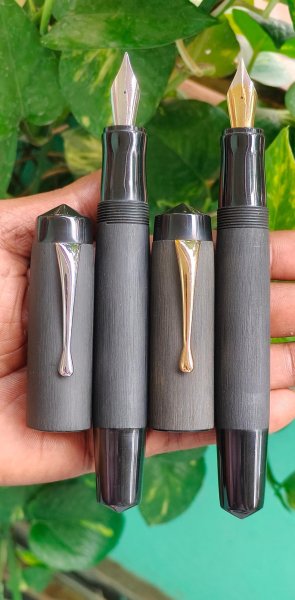Can one smooth the point of a dip pen nib?
-
Forum Statistics
354.2k
Total Topics4.6m
Total Posts -
Member Statistics
127,095
Total Members2,585
Most OnlineNewest Member
ubernix
Joined -
Images
-
Albums
-
Pen Pics 2
- By K Singh,
- 0
- 0
- 81
-
USG 5
- By USG,
- 0
- 0
- 11
-
Misfit’s 6th Album
- By Misfit,
- 65
-
Extra Fine Nib Ink Reviews (18 of n)
- By LizEF,
- 0
- 100
- 99
-
4posts
- By Tashi_Tsering,
- 0
- 0
- 33
-
















.thumb.jpg.f07fa8de82f3c2bce9737ae64fbca314.jpg)



.thumb.jpg.331e554113c33fb39d5bf3233878978a.jpg)





Recommended Posts
Create an account or sign in to comment
You need to be a member in order to leave a comment
Create an account
Sign up for a new account in our community. It's easy!
Register a new accountSign in
Already have an account? Sign in here.
Sign In Now